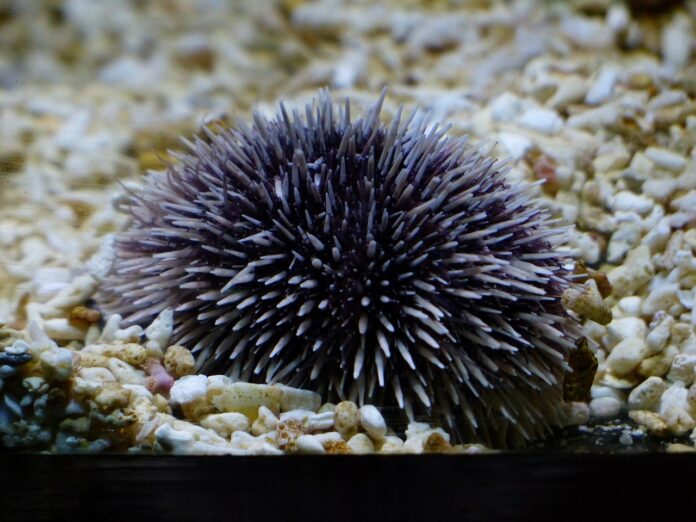Among the vast diversity of life forms on Earth, echinoderms stand out due to their uniqueness. Some of them look as if they have come from another planet, so unusual are their appearance and behaviors.
On the other hand, echinoderms are a striking example of how evolution can take various paths, and these marine animals are well-adapted to life despite their unusual characteristics. However, this does not prevent people from successfully using some of them as food.
Facts About Echinoderms
- All echinoderms, without exception, live a bottom-dwelling lifestyle.
- There are about 7,000 species of echinoderms in the world. Another 13,000 species are considered extinct.
- Echinoderms include creatures such as starfish, sea cucumbers, sea urchins, and some others.
- The crown-of-thorns starfish is not only poisonous but also destroys coral-forming polyps. One individual can destroy up to 2 square meters of coral per day.
- The first echinoderms appeared on Earth long before the dinosaurs, almost 500 million years ago.
- Some extinct echinoderms reached sizes of up to 20 meters in diameter.
- The smallest echinoderms measure no more than 2-3 millimeters.
- Many echinoderms have the ability to regenerate. For example, a starfish that loses one of its arms will soon grow a new one.
- Some echinoderms have movable spines, which they can direct towards an attacker as a defense mechanism.
- Echinoderms are found at various depths, from shallow waters to nearly the deepest parts of the ocean.
- Some of them, while hunting, expel their stomachs to envelop and digest their prey, then retract the stomach back into their bodies.
- In water, echinoderms can be mobile, moving fairly quickly, but some species lead a sedentary lifestyle.
- Echinoderms have a unique water vascular system, which is used for movement, feeding, and respiration. This system operates by hydraulic pressure and is a distinctive feature of this phylum.
- The nervous system of echinoderms is decentralized, meaning they lack a brain. Instead, they have a nerve ring around their mouth and radial nerves extending into their arms or body parts.
- Some echinoderms, like brittle stars, are capable of bioluminescence, emitting light to startle predators or attract prey.
- Sea cucumbers, a type of echinoderm, have a fascinating defense mechanism where they can expel their internal organs to deter predators. These organs are later regenerated.
- Echinoderms are exclusively marine animals; they are not found in freshwater or terrestrial environments.
- The skeletal structure of echinoderms is made up of calcareous plates or ossicles, which form their characteristic spiny skin.
- The lifespan of echinoderms varies widely, with some species, like certain sea urchins, living over 100 years.
- Echinoderms play a crucial role in marine ecosystems, particularly in controlling algal growth and contributing to the cycling of nutrients on the ocean floor.
- Some species of sea urchins have venomous spines that can cause painful stings in humans, though they are not usually life-threatening.
- Starfish have an interesting feeding process where they can eject their stomach out of their mouth to engulf and digest prey, particularly bivalves like clams and mussels.
